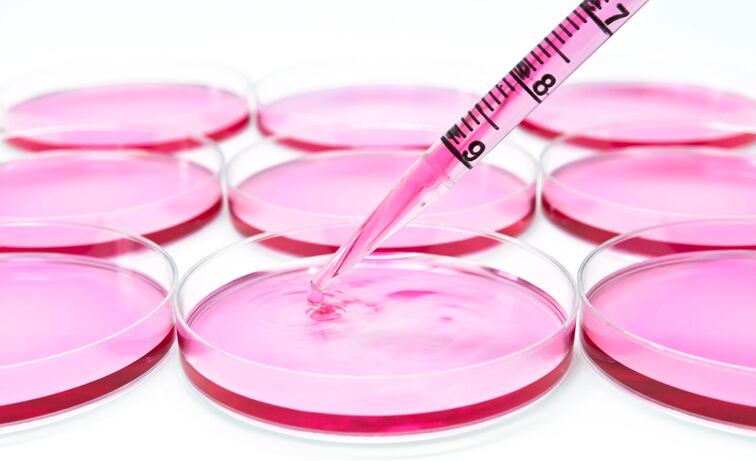Every three years, ECHA publishes a report on the use of alternative methods to animal testing in the EU under its REACH regulation 1907/2006. And findings from the agency’s fourth report on the matter – spanning data collected on more than 12,00 substances – found that alternatives to animal testing “continued to be widely used” in the region.
These findings complemented those outlined in the European Commission’s (EC) first European Union (EU) summary report on the use of animals for scientific purposes report, published earlier this year and compiled by Member States using data from 2015 to 2017, stating animal testing for scientific purposes continued to decline.
The EU Cosmetics Context
Animal testing of cosmetic products and cosmetic ingredients has been banned in the EU since 2013 under the Cosmetics Regulation 1223/2009.
But certain aspects of ECHA’s REACH regulation covering chemical substances still requires or enables animal testing – notably testing for environmental endpoints like aquatic toxicity, the first-time registration of some new chemical substances and registering of chemicals used in products used outside of cosmetics.
Peptides, for example, may have been tested on animals because they could be used in other products, although once integrated into a cosmetic formulation, REACH prohibits any further animal testing and ECHA maintains animal testing must be considered a “last resort”.
Adaptations used more than experimental studies
In ECHA’s 2020 report, findings showed there had been “relatively few changes” since 2017, with adaptations still used more than experimental studies. The read-across method – use of information on similar studies – remained the most popular adaptation method, used in 25% of cases.
“Applying read-across correctly reduces the need for experimental testing and tests on animals. However, the use of read-across still needs to improve – for example, registrants don’t always document studies correctly, substance identification is not always sufficient and there are significant deficiencies with the source studies,” ECHA said in the report.
The other most commonly used non-animal testing alternatives were: ‘data waiving’ (omitting data), seen in 7.7% of cases; ‘weight of evidence’ (combining information from different sources), seen in 3.7% of cases; and ‘QSAR testing’ (predicting properties from structurally similar substances using computer models), seen in 2.6% of cases.
Use of weight of evidence, QSAR and data waiving methods had specifically increased for acute toxicity testing on substances registered between 10-100 tonnes per year, ECHA found. For this endpoint, there were 3% fewer experimental studies used.
Testing on low volume substances, those produced at 1-10 tonnes per year, also saw fewer experimental studies conducted in favour of adaptations, the report found.
In vitro and in chemico testing methods spike
ECHA’s report also found in vitro and in chemico non-animal test methods had seen “a significant uptake”.
The agency saidthe amendment of the REACH annexes in 2016, requiring companies to use these non-animal testing methods in certain instances,had clearly impacted this.
Use of in vitro and in chemico tests, for example, had tripled for skin corrosion/irritation; quadrupled for serious eye damage/eye irritation; and increased more than 20-fold for skin sensitisation.
Last year, Cosmetic Europe’s director of science and research Rob Taalman, suggested non-animal next-generation safety assessments would become industry standard within the next decade, with particularly fast advances made in skin allergy testing.
A ‘unique chemicals knowledgebase’ for a sustainable, digital future
ECHA said data collected in the REACH registration database for this report formed a “good starting point” to develop alternative approaches to animal testing as industry could build up a “unique chemicals knowledgebase” that could be utilised in adaptation methods.
This database could also then be used to support increased production and use of sustainable chemicals that aligned with the goals of the European Commission’s European Green Deal and Digital Agenda, ECHA said. Cruelty Free Europe previously told CosmeticsDesign-Europe the EC had to invest more in next-generation, non-animal chemical safety assessments if it wanted to align with European Green Deal goals.
ECHA said it would continue to promote alternative methods to animal testing, with the aim of reinforcing applicability in a regulatory context, and would use this year’s findings to issue guidance, web content, webinars and events on alternative testing methods for industry.
UK medical charity FRAME previously said the cosmetics industry was in a strong position to share advances made in in vitro alternatives and called on manufacturers and those involved in testing to continue to develop and share good practice with other industries.



